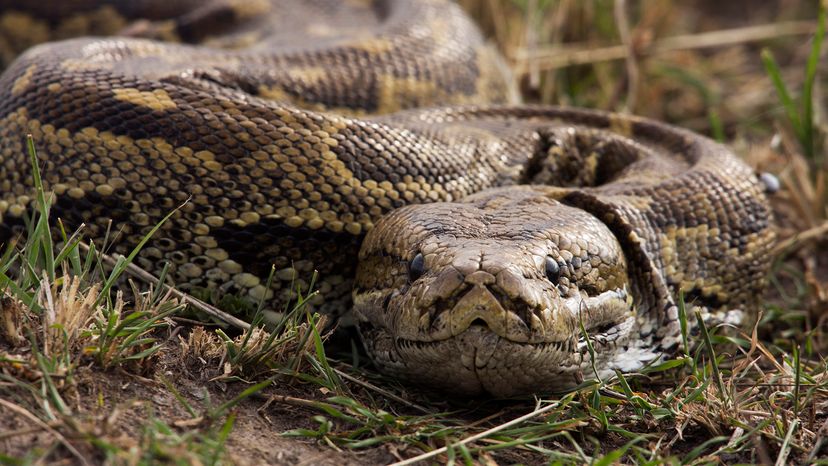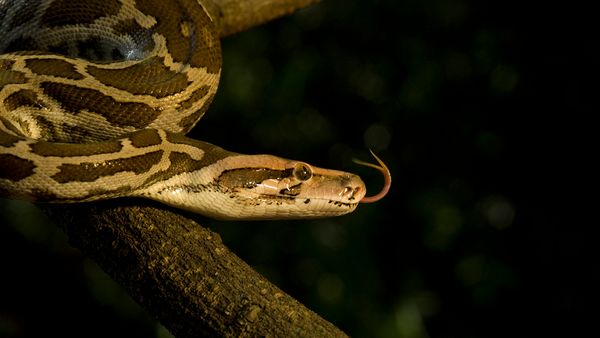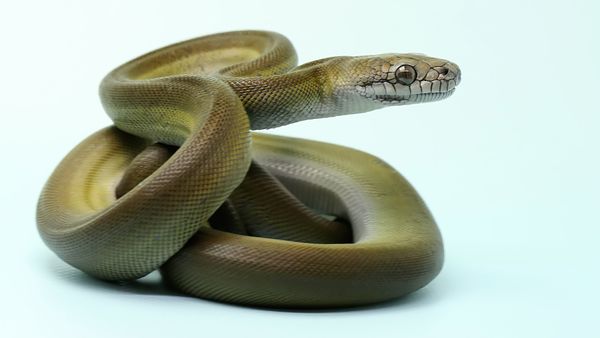The African rock python (Python sebae) belongs to the genus Python within the family Pythonidae.
This species is commonly known by several names, including African python, Central African python and rock python. It is typically divided into two recognized subspecies: the Northern African rock python (Python sebae sebae) and the Southern African rock python (Python sebae natalensis).
The subspecies differ in size, appearance and distribution.
The Northern African rock python is generally larger and can be found in Central and Western Africa. This subspecies tends to inhabit various environments, including savannas, grasslands and near bodies of water. Their larger size means they can take down bigger prey.
The Southern African rock python, which resides in regions like South Africa, Zimbabwe and parts of Mozambique (southern parts of the continent), is slightly smaller than its northern counterpart. This subspecies often has a more distinct color pattern and may exhibit variations in scale texture.
Despite these differences, both subspecies share traits typical of African rock pythons, such as their powerful constricting ability, nonvenomous nature and similar ecological roles as top predators in their respective habitats.
How Big Is an African Rock Python?
Adults typically range from 10 to 16 feet (3 to 6 meters) in length, with some larger African rock pythons growing up to around 24 feet (7.5 meters).
Juvenile rock pythons are significantly smaller at birth, measuring around 18 to 24 inches (45 to 60 centimeters) in length. During their early years, these young snakes experience a rapid growth spurt, which is vital for their survival in the wild as it quickly reduces their vulnerability to predators.



